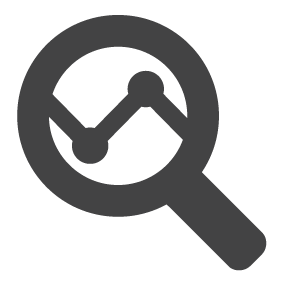Topics: Sleep Apnea, Insomnia, cpap
CPAP therapy is the gold-standard in the treatment of sleep apnea and many people have experienced the benefits they bring. The ability to sleep throughout the night without disruptions, and waking up with energy to get through their day has been life changing for many.
However, there are cases where we’ve been asked by patients why the ‘still suffer from apneas’ despite regular CPAP therapy.
Well, in order to effectively answer this question, there are a few issues to unpack.
Firstly, let’s understand what they mean by ‘still suffer from apneas’.
Several APAP machines showcase the AHI (apnea hypopnea index) on their digital display. For a lot of CPAP device users, this score, as displayed on the machine, is greater than zero. And because a CPAP machine is supposed to treat your sleep apnea, the fact that they are still experience apneas at night is alarming to them.
A study conducted in 2015 by a consumer products firm had revealed that nearly 93% Indians are sleep-deprived. The prevalence of obstructive sleep apnea has been observed to be higher in the western region as compared to the other parts of the country.
Second, let’s look into why patients using CPAP still have a positive AHI score.
The fact is that any sleep apnea treatment, whether that’s oral devices or CPAP, is designed to reduce and manage you apnea instances but not completely eliminate them. An average four apneas in an hour is considered normal for most people, and it may also vary from night to night.
Depending on the severity of your existing sleep apnea, you may even see AHI score higher than four, during your CPAP therapy. But it is important to note that consistently bringing down your AHI score is the goal of the theray. So if you had an AHI of 40 at the start and CPAP therapy helps you bring that down to 8, that’s still significant progress. And even though and AHI score of 8 qualifies as mild sleep apnea, you are still sleeping way better and with markedly less disruptions than at the start of the therapy.
You can work with your healthcare provider or sleep coach to set an AHI goal for your therapy. As long as you continuously bring down your AHI scores and hit the goal in the course of your therapy, you should consider your treatment to be working well.
Third, it’s important to know that the AHI score is only one of the markers to measure your progress with respect to treating sleep apnea.
Sleep apnea manifests as various other symptoms, and you should monitor which other those have improved or gone away. That will give you a more accurate view of the success of your CPAP therapy than just AHI score.
The other symptoms to notice are:
-
Snoring
-
Constant tiredness
-
Poor concentration
-
Night sweats
-
Weight gain
-
Lack of energy
-
Forgetfulness
-
Sexual dysfunction
-
Frequent nighttime urination
-
Morning headaches
-
Symptoms similar to those of insomnia, depression or anxiety
So there you have your answer. If you still see an AHI above zero, do not think that your CPAP therapy isn’t working. As you bring you AHI scores down from the initial levels, you are progressing just fine. ?
However, if you still feel there’s something not quite right with your therapy, or you are not experiencing the benefits as expected, make sure to talk to your sleep coach or healthcare provider. They can help you adjust the therapy - device, air pressure etc. - to ensure that it’s effective for you.
One of the biggest risk factors for obstructive sleep apnea is being overweight or obese. This is because the fat deposits around upper airway interfere with breathing. The 2015 study mentioned above reveals that nearly 60-70% of people suffering from obstructive sleep apnea are obese.
If you are using ResMed CPAP machines, please give us a call at 1800-103-3969, and our sleep coaches can help.
